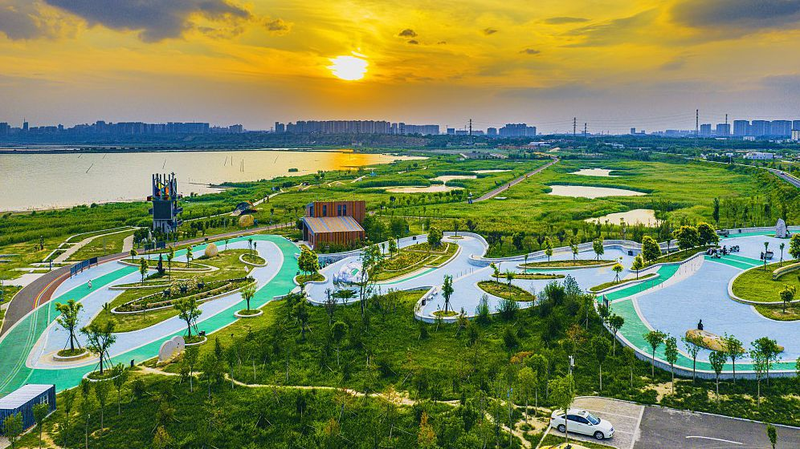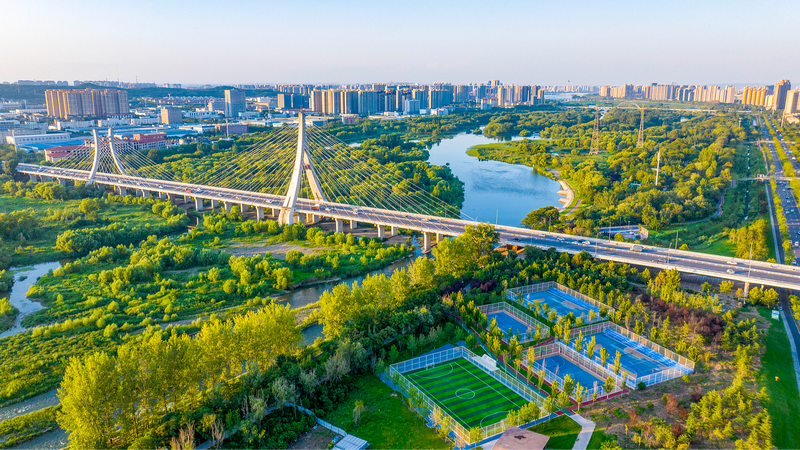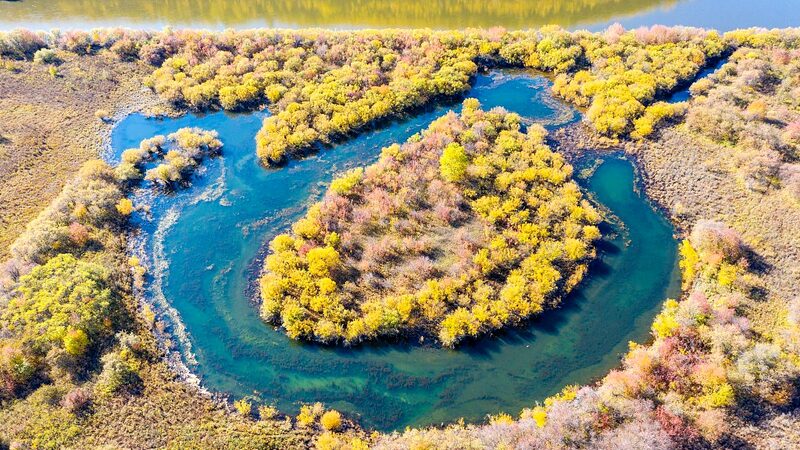China's innovative integration of wetlands into urban planning has drawn international praise as a blueprint for sustainable development, with World Wide Fund for Nature (WWF) freshwater policy lead Christine Colvin highlighting its significance at the ongoing Ramsar Convention COP15 in Zimbabwe.
Urban Innovation Meets Ecological Preservation
Nine Chinese cities received international wetland city accreditation during the conference, a milestone Colvin called "impressive" in an interview with Xinhua. She emphasized China's leadership in developing "sponge cities" – urban areas designed to absorb rainfall through permeable surfaces and restored wetlands – as critical for climate adaptation.
"They're showing how to bring nature back into cities while maintaining development," Colvin stated, noting these designs allow natural water cycles to function while creating flood-resilient communities. The approach addresses growing concerns about wetland degradation, which threatens global food security and water availability.
A Framework for Global Cities
With COP15's theme "Protecting Wetlands for Our Common Future," delegates are prioritizing international cooperation to meet conservation targets. Colvin stressed that China's model demonstrates practical solutions: "Mayors worldwide can learn how to design urban spaces that enhance climate resilience and water security."
The conference comes as UN data shows wetlands disappearing three times faster than forests, with 35% lost since 1970. China's wetland conservation efforts have expanded coverage to 56.35 million hectares, according to its 2023 National Forestry and Grassland Administration report.
Pathway to COP15 Goals
Running through July 31 in Victoria Falls, COP15 aims to strengthen global commitments under the Ramsar Convention. Over 1,000 delegates from 150 countries and regions are discussing strategies to protect these vital ecosystems that support 40% of Earth's species.
Reference(s):
cgtn.com








